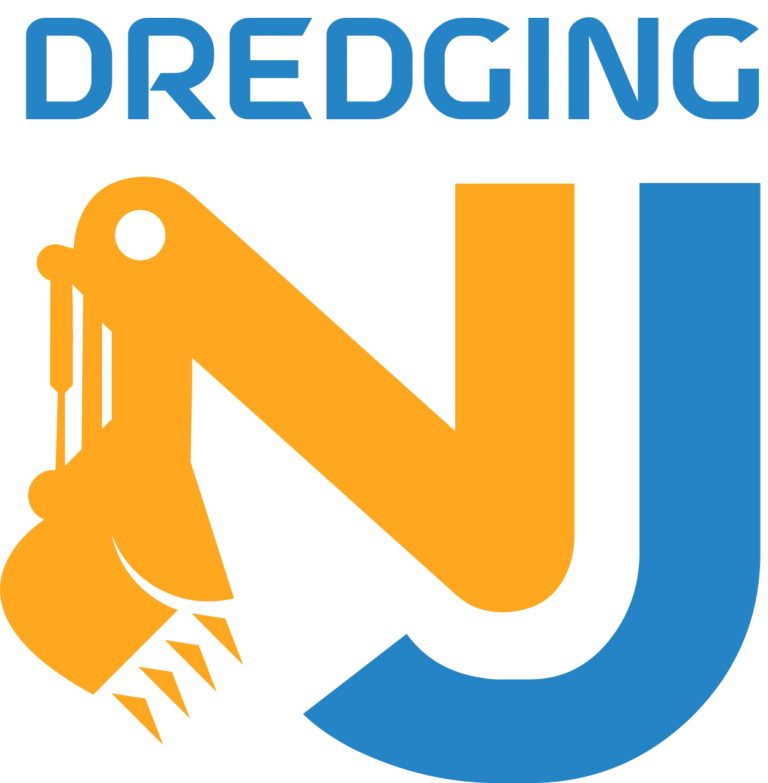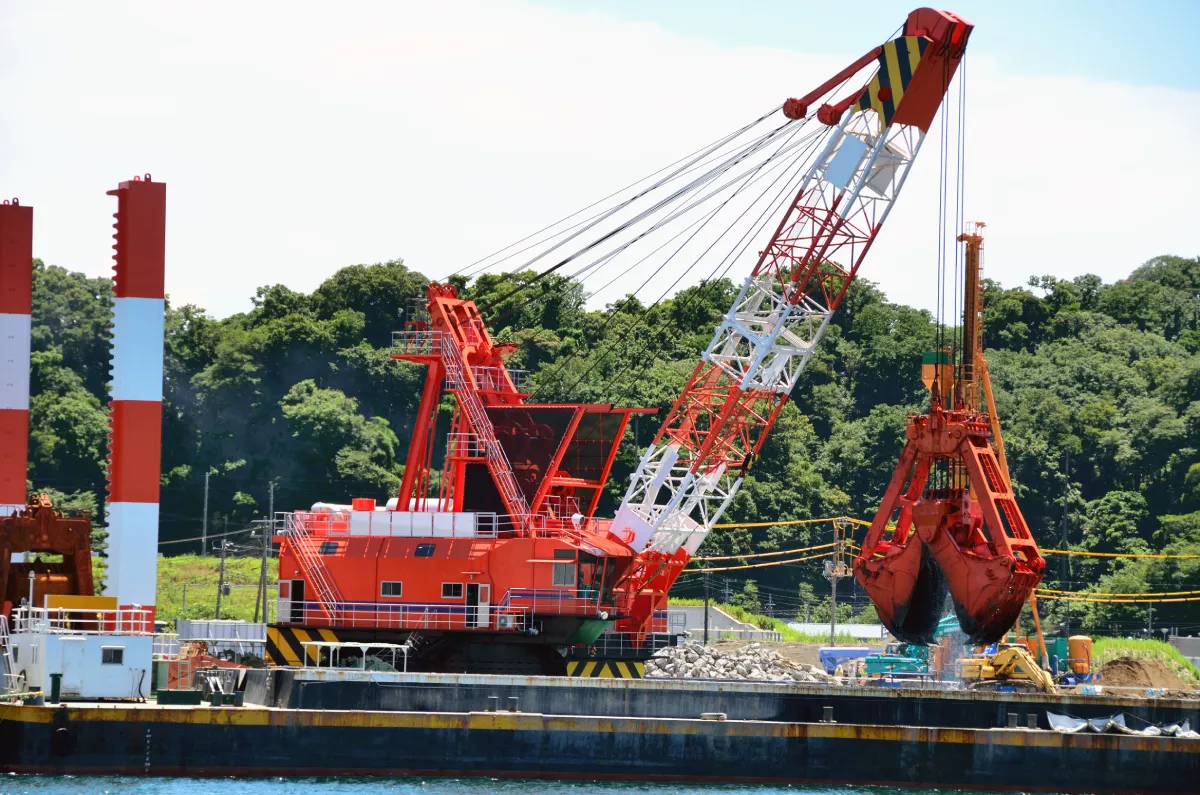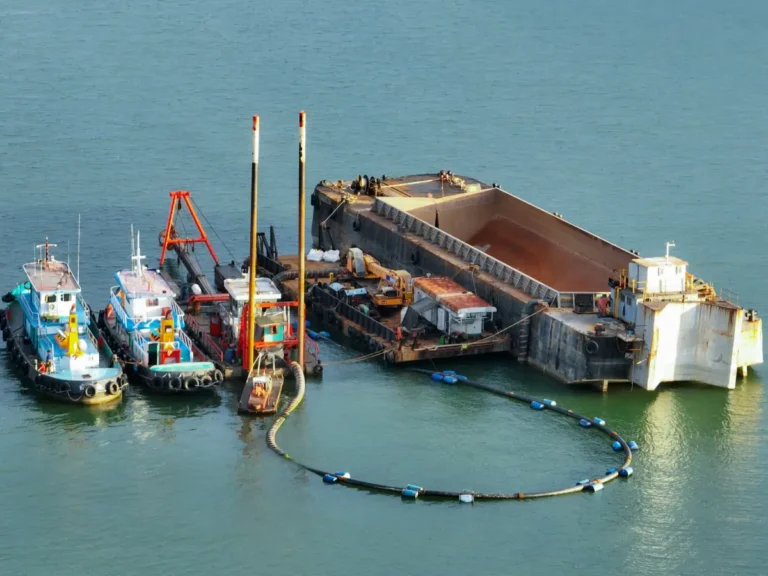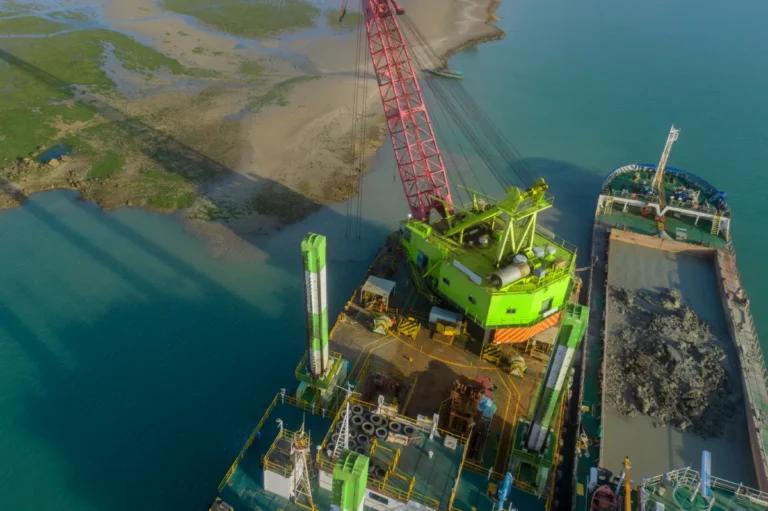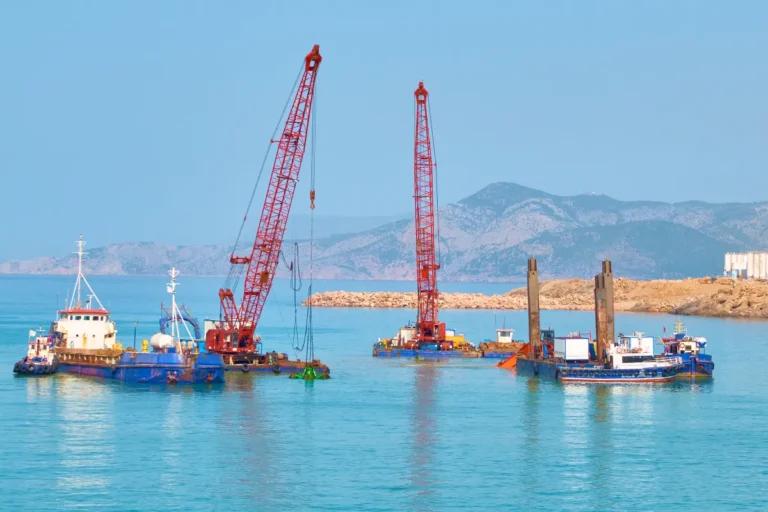In today’s dredging industry, flexibility and efficiency are driving a shift toward dredge rental solutions. Instead of committing to costly ownership, many contractors and facility operators are choosing rental options to match equipment to specific project needs—whether it’s a large-scale mining operation, a wastewater lagoon cleanout, or a small pond restoration. Renting provides access to modern, high-performance dredge and dredge pump systems, eliminating the burden of long-term maintenance, storage, and depreciation, and making it a practical solution for projects of all scales and durations.
When to Choose Rental Over Purchase
Selecting between owning dredging equipment and opting for a dredge rental depends on multiple project-specific factors. For many contractors and facility operators, renting provides the flexibility to match equipment capacity with the exact demands of each site—without the long-term financial and logistical commitments that come with ownership.
Project duration and budget constraints play a major role in this decision. Short-term or intermittent dredging jobs, such as periodic lagoon cleaning or pond maintenance, rarely justify the capital investment in purchasing full-scale dredging systems. Dredge pump rental options allow companies to deploy high-performance pumps or complete dredge setups for a defined project window, keeping cash flow predictable and upfront costs low.
Site conditions and dredging depth also influence whether to rent or buy. Each dredging environment—whether a narrow stormwater channel, deep tailings pond, or shallow lagoon—requires specific pump types, hose lengths, and power configurations. By choosing a dredge rental system, operators can select equipment tailored to each project’s sediment type, solids concentration, and discharge distance without being limited to a fixed fleet.
For projects driven by seasonal or emergency dredging needs, rentals provide rapid access to reliable equipment. Sudden flooding, stormwater buildup, or industrial sludge accumulation often demand immediate mobilization. Rental programs eliminate long lead times, ensuring operations resume quickly with minimal downtime.
Finally, maintenance and storage limitations make rentals particularly attractive for organizations with limited yard space or technical support capacity. Rental packages typically include inspection, servicing, and component replacement, reducing the burden on in-house maintenance teams and extending operational reliability in the field.
Choosing between ownership and rental is rarely a one-size-fits-all decision—each should balance cost efficiency, operational control, and equipment adaptability to ensure optimal dredging performance across changing job conditions.
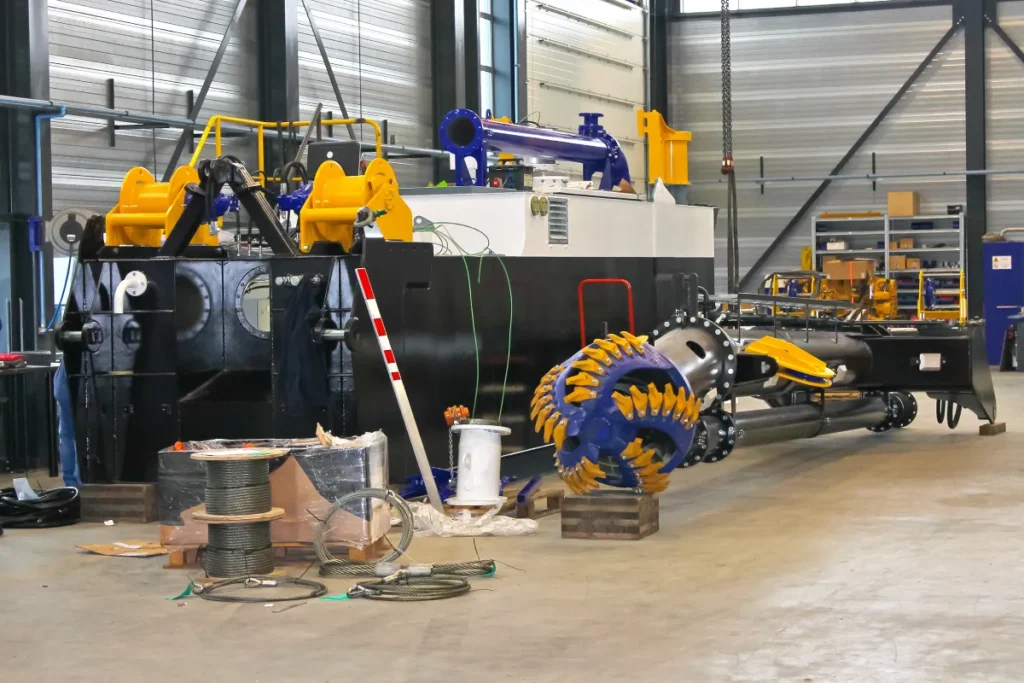
Types of Dredge Equipment Available for Rent
When considering dredge rental, understanding the functional categories of equipment helps match the right system to the project’s scale, environment, and production goals. Instead of focusing on specific models, evaluating dredges by function ensures you select a setup optimized for efficiency, solids handling, and mobility.
Hydraulic Dredges are the go-to solution for large-scale sediment removal, land reclamation, and industrial lagoon cleanouts. These systems use powerful slurry pumps to move thousands of gallons per minute, making them ideal for continuous operations in mining, ports, and large reservoirs. Renting a hydraulic dredge enables operators to handle high solids concentration and abrasive materials without the maintenance costs associated with ownership. Many dredge pump rental options are integrated within these systems, ensuring consistent production flow and adaptable discharge configurations.
Cable-Deployed and Diver-Operated Dredges are best suited for precision work in confined or hard-to-reach environments such as docks, intake basins, or underwater infrastructure zones. These compact, remote, or manual systems excel at removing localized sediment buildup without disturbing surrounding structures. Rental options for these setups often include electric or hydraulic power packs, flexible hoses, and pump control units—making them ideal for maintenance dredging or environmental cleanup projects.
Amphibious Dredges are designed to transition seamlessly between land and water operations, providing unmatched versatility for wetlands, tailings ponds, and marsh environments. Their self-propelled undercarriages allow operators to access shallow or soft terrains that traditional dredges cannot reach. Opting for an amphibious dredge rental offers a cost-effective way to manage sediment in areas with fluctuating water levels or limited access, while ensuring strong suction performance in high-solids applications.
Self-Priming and Booster Pumps serve as critical components in extending discharge distance and maintaining consistent flow across long pipeline runs. These units are often used alongside primary dredge systems to enhance overall efficiency, especially when pumping over extended distances or elevation changes. Through dredge pump rental programs, contractors can select the right pump size and power configuration—electric, diesel, or hydraulic—to meet demanding slurry transport requirements.
Each category of rental equipment plays a specific role in achieving efficient sediment removal and material transport. Understanding these functional differences allows operators to tailor their dredge rental selection to project goals, site conditions, and operational constraints, ensuring both productivity and cost control in every phase of dredging.
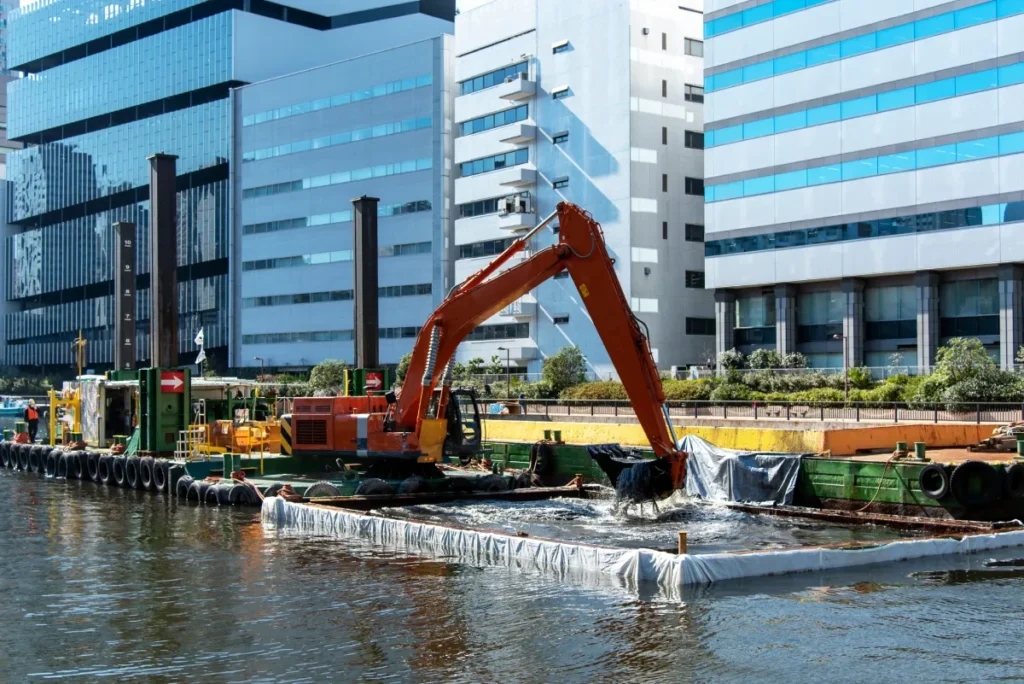
Understanding Dredge Pump Rentals: Core Power Behind Every System
At the heart of every dredge rental setup is the dredge pump — the primary engine that drives slurry movement and determines overall production efficiency. A dredge pump rental typically includes heavy-duty units ranging from 4-inch to 12-inch discharge sizes, built to handle abrasive materials with high solids content. These pumps are constructed from wear-resistant alloys or high-chrome steel to withstand continuous operation in harsh dredging environments.
Choosing the right pump size depends on site volume, solids concentration, and discharge distance. Smaller 4-inch pumps are ideal for ponds, marinas, and sediment lagoons, while larger 10- or 12-inch systems serve mining tailings or industrial reclamation projects where higher flow rates and pressure are required.
Rental configurations are available in electric, diesel, or hydraulic power unit (HPU) setups, allowing flexibility based on site power availability and mobility needs. Most rental packages include essential accessories such as suction and discharge hoses, floating assemblies, and control panels to streamline on-site setup and operation.
By selecting a well-matched dredge pump rental, operators can achieve high-performance slurry movement, reduced downtime, and reliable throughput across diverse dredging applications — from small pond restoration to large-scale industrial sediment removal.
Pond Dredge Rental: Specialized Solutions for Smaller Water Bodies
For smaller, contained water bodies like golf course ponds, industrial lagoons, and stormwater basins, pond dredge rental offers a compact, efficient way to restore depth and water quality without large-scale mobilization costs. Portable pond dredges are engineered to remove accumulated sludge and sediment while operating in tight or shallow areas where traditional dredging systems may be impractical.
Modular and cable-deployed pond dredges provide further advantages for sites with restricted access or sensitive surroundings. These systems can be easily transported, assembled on-site, and controlled remotely, minimizing disruption to nearby infrastructure and vegetation. Their lightweight yet durable design allows for precise sediment removal and efficient slurry discharge, even in areas with limited maneuvering space.
Before selecting a pond dredge rental, contractors and facility managers should evaluate key operational criteria:
- Mobility: Ease of transport and assembly at remote or urban locations.
- Discharge length: Compatibility with hose and pipeline distance requirements.
- Solids handling capacity: Ability to process varying sludge densities and debris.
- Ease of transport: Availability of modular components for rapid deployment and retrieval.
Choosing the right pond dredge rental setup ensures controlled sediment management, reduced project downtime, and efficient operation in compact water bodies that demand both precision and portability.
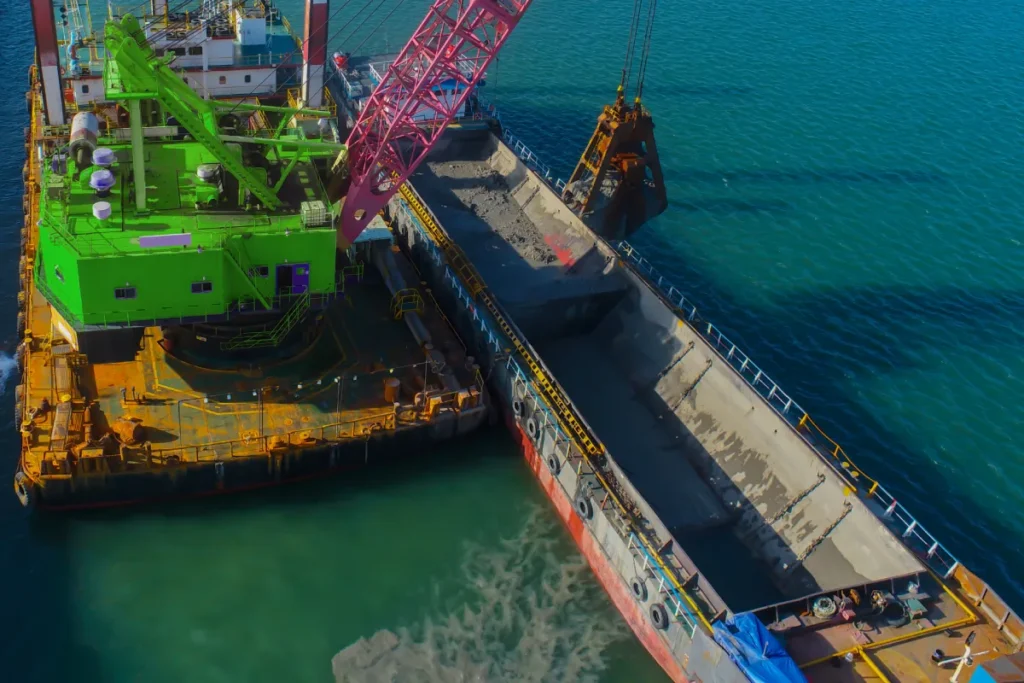
Key Considerations Before Renting Dredging Equipment
Before committing to a dredge rental, it is essential to evaluate site-specific and operational factors to ensure the equipment performs efficiently and safely throughout the project. Each dredging site presents unique challenges — from sediment composition to access constraints — and aligning the right equipment with these conditions directly impacts production output and cost efficiency.
Material characteristics such as viscosity, solids percentage, and debris type determine the pump’s required power, impeller design, and suction capability. High-solids materials or those containing rocks, vegetation, or industrial sludge call for non-clogging dredge pumps and abrasion-resistant components, which are readily available through specialized dredge pump rental programs.
Site access and water conditions also influence the choice of dredging equipment. Depth variations, shoreline slope, and potential obstructions like submerged debris or structures can limit the mobility of certain dredge types. Amphibious or cable-deployed systems may be more suitable for constrained or uneven environments, while floating dredges excel in open, deeper basins.
From an operational standpoint, power source and logistics are critical. Ensure adequate access to electricity, diesel, or hydraulic power units, depending on the dredge type. Proper hose routing, discharge pipeline layout, and designated spoil disposal areas must be planned to maintain consistent slurry flow and minimize downtime.
Finally, consider the level of support and training provided by the rental provider. Reputable dredge rental partners offer on-site setup assistance, operational training, and maintenance guidance—helping teams operate efficiently, prevent breakdowns, and adapt to changing field conditions with confidence.
Common Rental Packages and Configurations
A dredge rental package is typically designed as a turnkey solution, providing everything needed to start operations quickly and maintain continuous production. These packages vary based on project size, site conditions, and dredging volume, but most include the following core components:
- Dredge or dredge pump unit: The primary system responsible for sediment extraction and slurry transport.
- Power unit or hydraulic system: Available in diesel, electric, or hydraulic-driven configurations depending on mobility and power availability.
- Hoses, floats, and fittings: Essential for suction and discharge line setup, ensuring proper buoyancy and secure pipeline routing.
- Optional automation systems include add-ons such as GPS dredge positioning, production flow meters, and density gauges, enabling real-time monitoring and precision control.
- Spare parts and wear kits: Includes impellers, liners, and seals to minimize downtime and extend operational life during long-term rentals.
Below is a general comparison of common dredge rental configurations based on project scale:
| Setup Type | Typical Pump Size | Ideal Applications | Power Source | Key Features |
| Small-Scale Rental | 4″–6″ | Pond dredging, marinas, and industrial lagoons | Electric or HPU | Compact design, easy transport, quick setup |
| Mid-Scale Rental | 6″–10″ | Mining ponds, tailings basins, wastewater lagoons | Diesel or hydraulic | Moderate solids handling, portable yet high capacity |
| Large-Scale Rental | 10″–12″+ | Harbor maintenance, reclamation, and large industrial dredging | Diesel or hybrid | High-flow output, long discharge reach, automation-ready |
Each configuration allows contractors to select the exact dredge pump rental or full system setup suited to their operational requirements — whether focused on portability, solids handling, or total slurry volume. This modular approach helps optimize productivity while maintaining cost control across varying dredging scales.
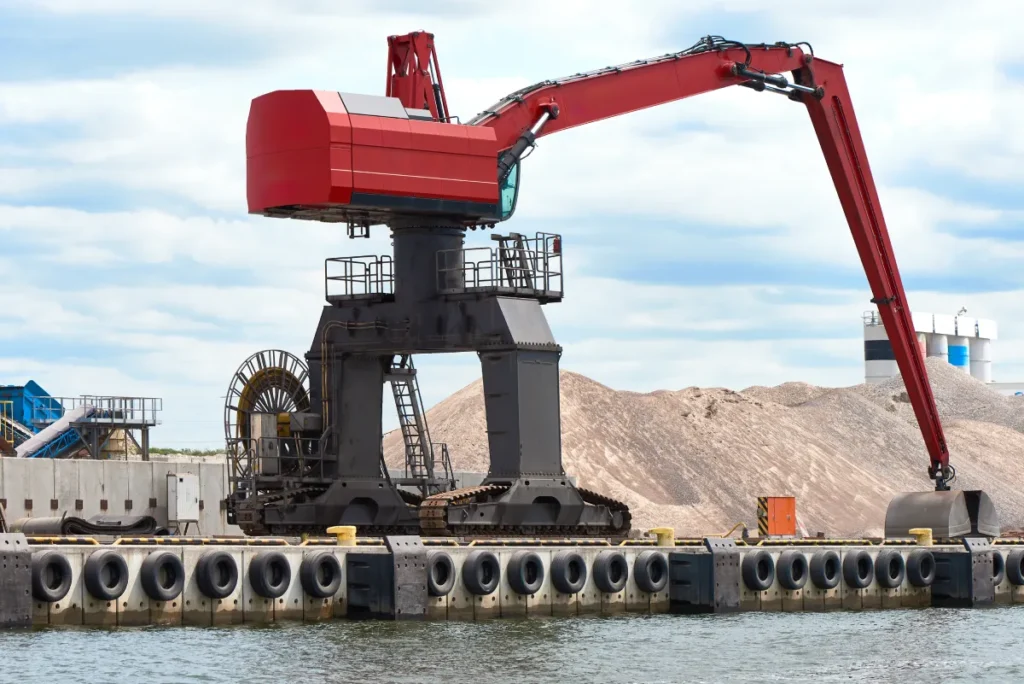
Industries and Applications that Benefit Most from Dredge Rentals
The versatility of dredge rental solutions makes them essential across a wide range of industries that require efficient sediment removal, slurry transport, or waterway maintenance. Renting allows operators to scale equipment capacity to specific applications — from large mining operations to small pond cleanouts — without the long-term costs of ownership.
Mining and Tailings Management
In the mining sector, dredge rentals are used to reclaim valuable minerals from tailings ponds and maintain process water storage. High-performance dredge pump rental systems can handle abrasive slurries with high solids content, ensuring consistent material recovery and reduced environmental risk from pond overflows.
Wastewater Treatment and Industrial Lagoons
Municipal and industrial treatment facilities rely on dredge rental programs to remove accumulated sludge and restore lagoon holding capacity without shutting down operations. Compact electric or hydraulic dredges make it possible to perform in-situ cleaning, improving efficiency and compliance with discharge regulations.
Construction and Marine Projects
For large infrastructure and marine construction work—such as harbor deepening, sand reclamation, and pier foundation preparation—rented dredges offer rapid deployment and high throughput. Contractors benefit from temporary access to advanced hydraulic or self-priming systems that minimize downtime and meet strict project deadlines.
Environmental and Restoration Works
In environmental rehabilitation projects, smaller and modular pond dredge rental systems are ideal for lake rejuvenation, silt removal, and stormwater basin restoration. Their mobility and precision allow for sediment extraction with minimal ecological disturbance, helping restore natural flow and water quality.
Operational and Safety Best Practices
Successful dredge rental projects depend on a disciplined approach to setup, operation, and maintenance. Establishing proper procedures before and during dredging not only protects equipment but also ensures consistent performance and minimizes costly downtime—critical factors for B2B operations with tight production schedules.
Site Inspection and Pre-Dredge Survey
Before deploying equipment, conduct a detailed site assessment to evaluate water depth, sediment type, and access points. Pre-dredge surveys using sonar or depth-sounding tools help determine sediment volume and identify obstructions that could impact suction performance. This step ensures that the selected dredge pump rental configuration matches the site’s specific hydraulic and sediment conditions.
Equipment Setup and Priming Checks
During installation, verify that suction and discharge hoses are properly secured, floats are evenly distributed, and the pump is correctly primed. Inspect all seals, couplings, and fittings for leaks or wear before starting operations. Proper alignment of the power unit or hydraulic drive system is essential to maintain pressure consistency and prevent premature component damage.
Monitoring Production Rates and Slurry Density
Throughout dredging operations, continuously track slurry flow, density, and discharge pressure. Real-time monitoring allows operators to adjust suction depth, pump speed, or discharge routing for maximum efficiency. Many dredge rental packages include optional sensors and flow meters that simplify production oversight and data recording.
Shutdown, Cleaning, and Return Guidelines
At the end of each operation or rental term, follow manufacturer-recommended shutdown and cleaning procedures. Flush lines thoroughly to remove residual slurry, inspect impellers and liners for wear, and document any issues for the rental provider’s maintenance team. Adhering to these steps ensures smooth returns and eligibility for future rental discounts or preferred partner programs.
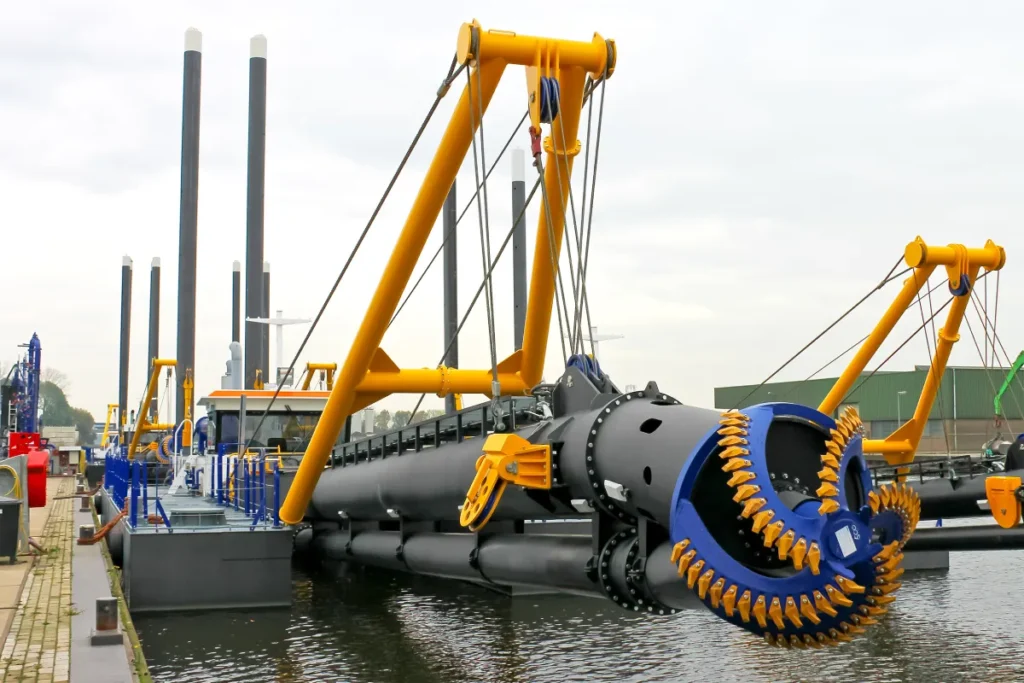
How to Choose the Right Dredge Rental Partner
Selecting the right dredge rental partner is as critical as choosing the equipment itself. The right provider not only delivers reliable machinery but also ensures that every aspect of setup, operation, and support aligns with your project’s technical and logistical demands. Below is a practical checklist to help evaluate potential vendors before committing to a rental agreement.
Equipment Range and Customization Options
Look for providers offering a broad inventory of dredging systems—from portable pond dredge rental units to large-scale hydraulic dredges and booster pumps. A diverse fleet allows customization based on flow rate, solids content, and discharge requirements, ensuring the equipment fits your site rather than forcing your site to adapt to it.
Availability of Service Support and Replacement Units
Continuous operation is essential for production-driven projects. Choose a partner that guarantees quick response times, maintenance support, and access to backup units in case of unexpected breakdowns. Reliable dredge pump rental providers often include remote diagnostics or field service technicians to minimize downtime.
Transparent Pricing and Rental Terms
A trustworthy rental partner provides clear pricing structures without hidden fees. Ensure quotes include transportation, setup, maintenance, and consumable parts costs. Flexible rental durations—daily, weekly, or project-based—help align costs with your schedule and budget.
On-Site Assistance and Training
Technical training and on-site assistance are vital, especially for teams unfamiliar with advanced dredge systems. Top dredge rental providers offer setup guidance, operator training, and startup supervision to ensure safe and efficient operations from day one.
Proven Experience in Similar Industries
Experience matters when dealing with complex dredging conditions. Look for partners who have worked with industries similar to yours—mining, wastewater, marine construction, or environmental restoration. Their insight into material behavior, compliance requirements, and performance optimization can significantly enhance project outcomes.
Conclusion: Maximizing Value from Dredge Rentals
Choosing the right dredge rental solution can streamline operations, reduce costs, and ensure your project runs efficiently from start to finish. Whether you need a compact pond dredge or a high-capacity hydraulic system, working with an experienced rental partner ensures reliable performance and expert support at every stage. At New Jersey Dredging, we provide tailored dredge and dredge pump rental packages designed to meet your site-specific challenges—helping you stay productive, compliant, and on schedule. Talk to us today to find the best dredging equipment rental for your next project.
